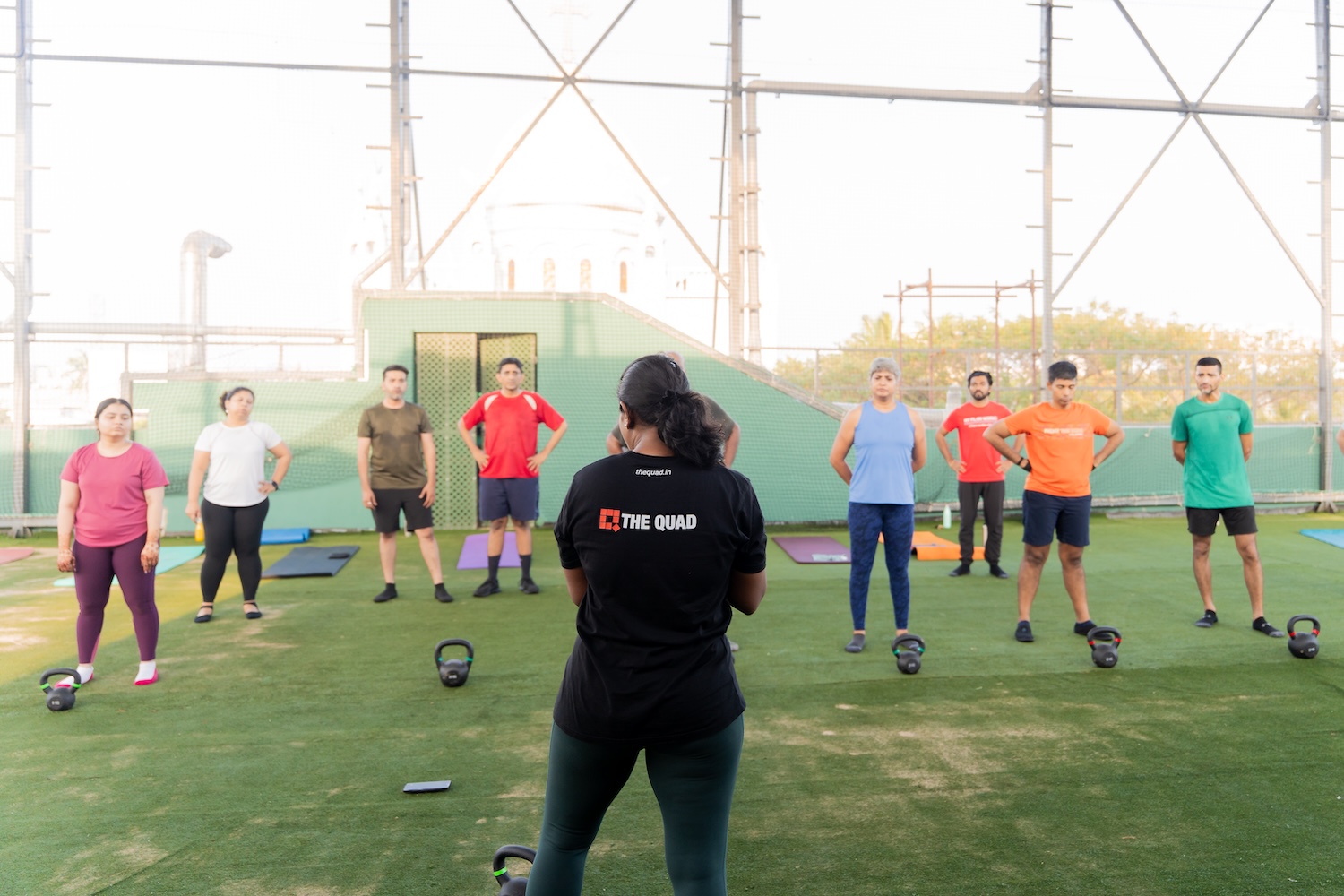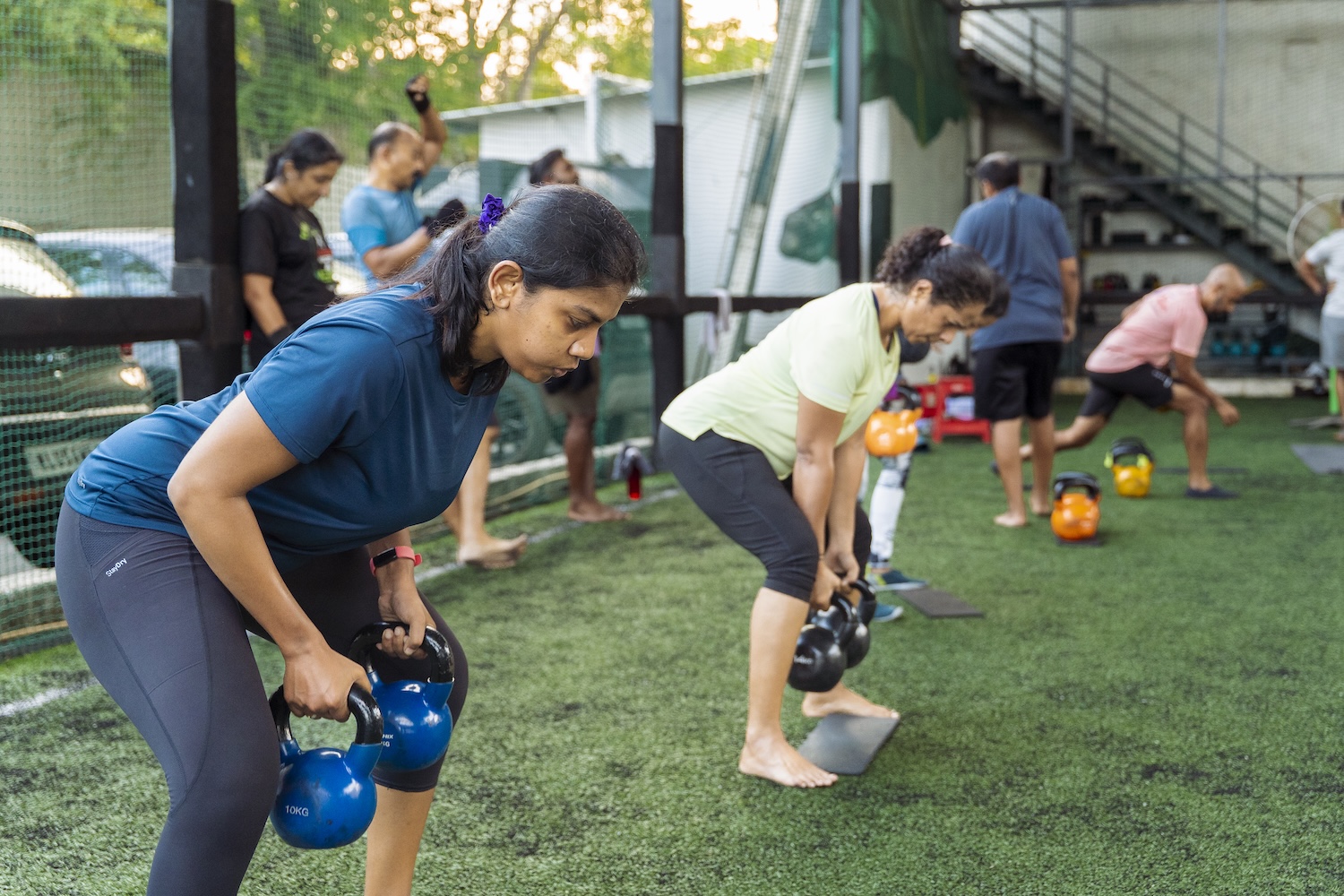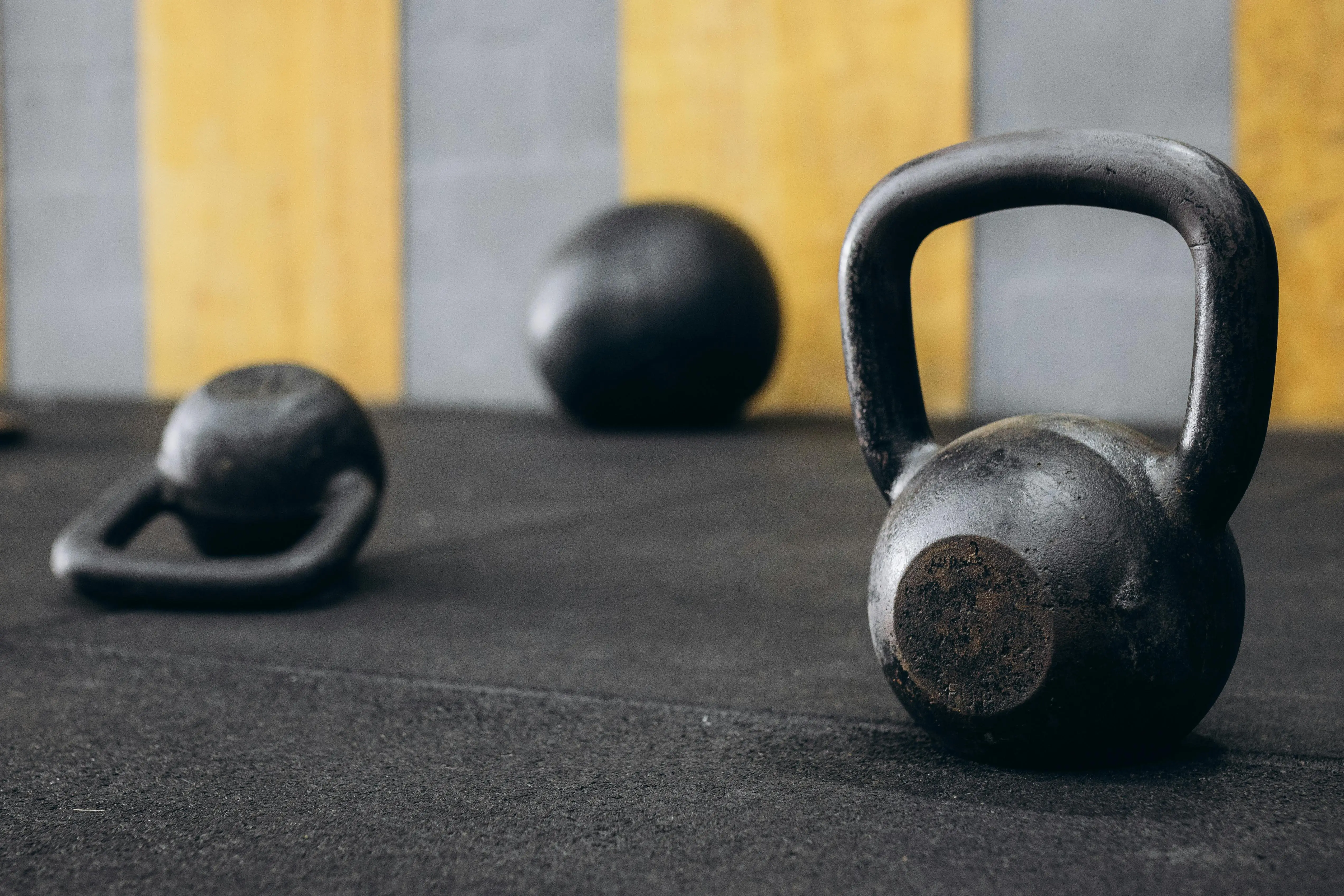Building Bulletproof Body: How Strength Training Prevents Injuries
Feb 17, 2025 ∙ 10 mins read
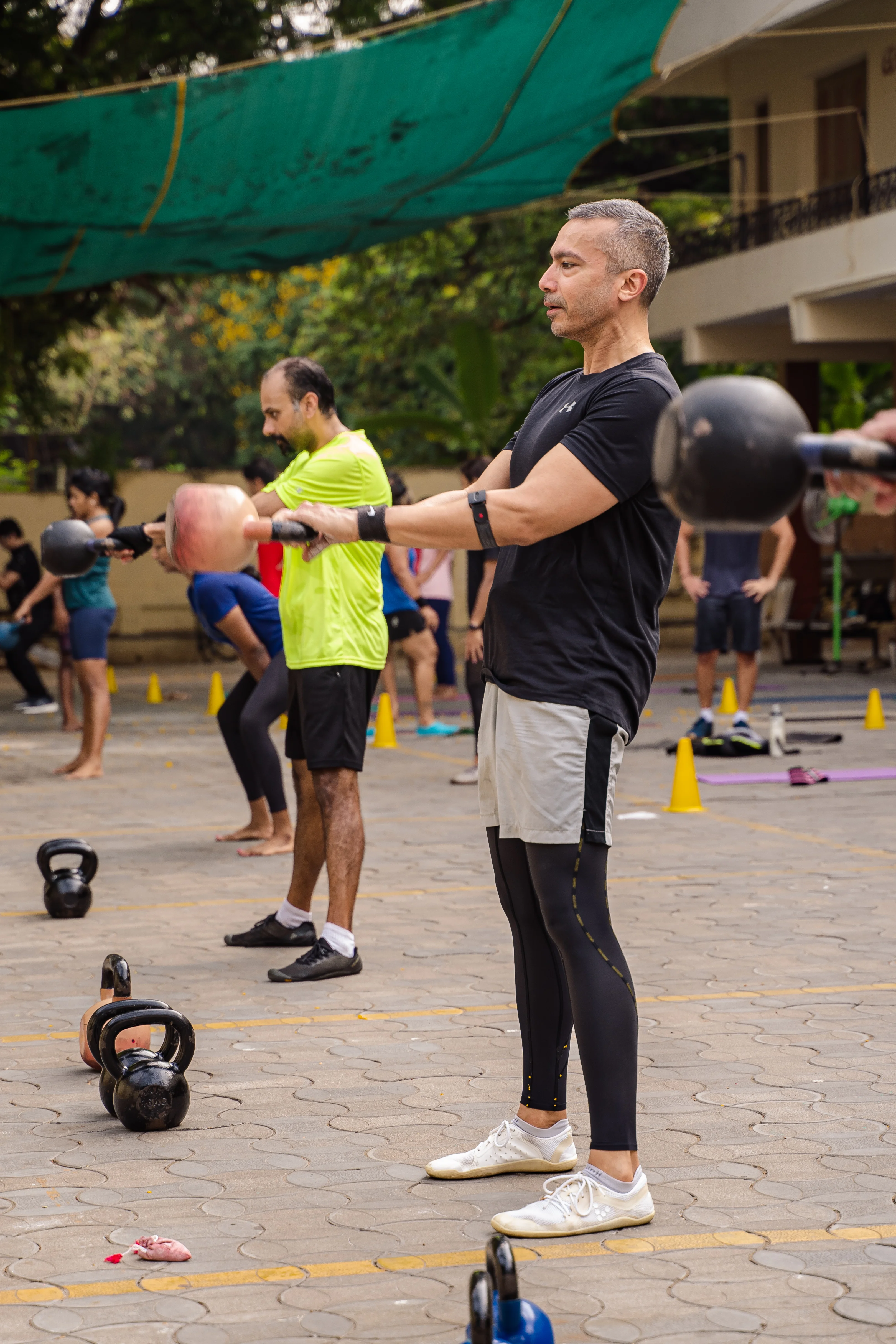
"Why are you lifting such heavy weights? Women must not carry such heavy weights, their bodies do not need it, they are not built for it!"
A few years back, a female gynecologist told a friend of mine when she learnt friend had lifted the 20 kg kettlebell for the first time. I am so glad that we have moved far away from such schools of thought. While the concern over risk of injury is valid, weight training has been proven to be rather beneficial for all human bodies, especially the ageing ones.
The importance of strength training isn't simply to hulk out and boast stronger muscles.
Some might find the claim that strength training can actually prevent injuries rather misleading. For who hasn't pulled a muscle while energetically hoisting up a heavy weight? The weight room, with the rather impressive collection of weights is one you ought to enter bearing injury risk in mind, not injury prevention! But if you want to build yourself a bulletproof body, to improve your body's ability to activate muscles, to enjoy an injury-free life, then strength training is the route to take.
At its simplest, resistance training improves muscle strength and endurance by using the body's own weight or external weights. By creating balance in the body and correcting muscular imbalances that may otherwise result in injuries, resistance training helps prevent injuries.
As you get older, unstable surfaces and objects left carelessly in the way aren't the only reason you might lose your balance and end up meeting the floor rather abruptly. Unfortunately, the older you get, the less your bones and joints like it. This is why a well-crafted strength and conditioning program is important for both health and injury prevention.
By correcting muscle imbalance

Muscular imbalances occur when one group of muscles is much stronger or more developed than its opposing muscle group. For example, you want strong knees, you need to work on your quads and hamstrings equally. Working on just one and not enough on the other will cause imbalance, leading to knee injury.
Personal trainers, when crafting a program, will prevent such imbalances by teaching you compound movements that work on the agonist muscles and the antagonist muscles. Skipping leg day might play well on social media but your body will tell a different story. Good strength training programs work on not only correcting existing muscle imbalances and ensuring no further imbalance occurs, they also ensure your body remains in balance, thereby reducing the chances for injuries.
Strengthening bones and connective tissues
Along with building muscle, weight training also strengthens bones and connective tissue, making them hardy and resilient to injury. When you consistently train your body, you not only work on improving your muscle tone, for example, but also on your bone density. When you increase your bone density, you make them stronger. When your skeletal strength increases, your body is able to absorb shocks better, move in a more stable fashion and ultimately, cause less injury.
Where imbalance causes dysfunction, leading to pain and injury, strong bones, muscle fibers and connective tissues translate to less stress on bones and joints.
Resistance training also strengthens ligaments and tendons, the connective tissues that stabilize and support the joints. With stronger tendons and ligaments, you can prevent joint instability, thereby reducing the risk of sprains and tears.
Improving posture and alignment
Strength training also improves joint stability, which is vital for alignment and injury prevention. When your joints are stable, the muscles around the joints act as shock absorbers and stabilizers, making sure the joints are aligned well and excess stress isn't placed anywhere. When joints are out of alignment and then stress is placed on them, injuries occur.
Say you are working on getting your perfect pushup. When you train with good form, you train with purpose and work on your shoulder joint and rotator cuff muscles so they move like parts of a well-oiled machine. Now, when you increase your work capacity gradually, your muscles and joints come together for purpose with ease. The joints are aligned correctly, stress is spread evenly, and you are able to progress cleanly.
Misaligned bodies experience pain - a classic case of this is bad posture. People who exhibit poor posture often complain of pain elsewhere in their bodies too - knees, lower back, neck etc. Desk workers would be familiar with this. Sitting hunched over their computers or other machines for extended periods of time often results in weakening the muscles of your back, neck and shoulders. Working regularly on your posterior chain of muscles can strengthen these muscles, while taking frequent breaks to stretch and move around can reduce muscular cramps and worse aches.
Enhancing flexibility and range of motion
If you see babies moving, it would seem as if their joints are made of rubber. They can contort themselves casually into pretzel shapes, sitting in different poses and getting up without thought. Older adults, in contrast, move stiffly in a jerky fashion.
As you get older, this flexibility is the first to go. Reduced flexibility and range of motion leads to reduced mobility. Bulletproof bodies and reduced joint range of motion do not exist in the same plane!
With strength training, this degeneration can be arrested. Doing a training program which incorporates full-range movements and exercises such as squats, lunges, overhead presses, for example, will result in improved mobility and flexibility other than muscular strength. When you are able to move freely without any loss of motion, your body can move easily without unnecessary stress or ache. Healthy joints are vital for bulletproofing your body.
Rehab and recovery
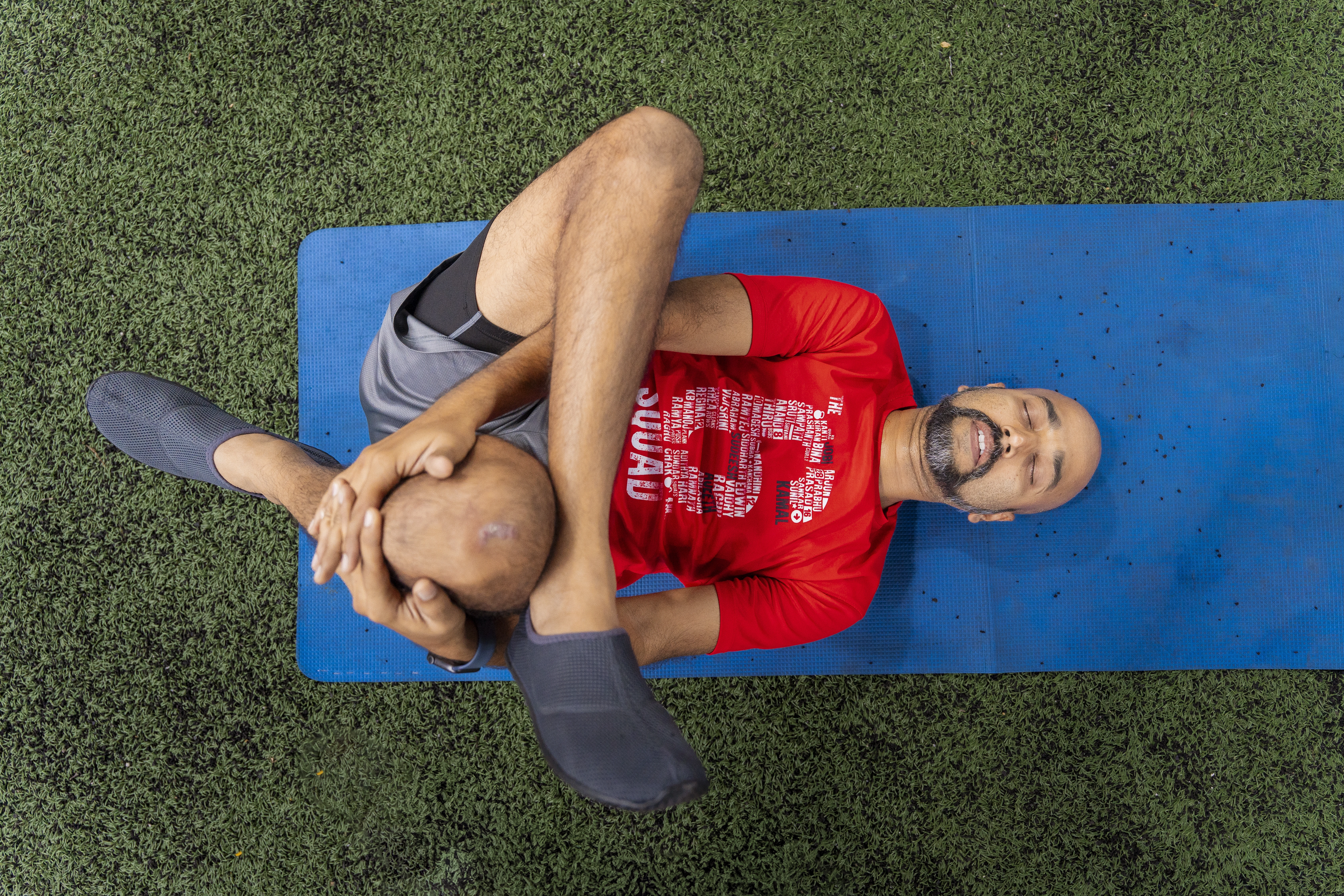
Strength training is for prevention and cure. You train regularly to improve your muscle function and bone health. But when you get hurt, you do physical therapy to strengthen the injured muscles.
After an injury, the muscles, ligaments, and tendons in and around the affected area become weak. If you "lose motivation" and give up on your training then, you will cause more harm than good by destabilising them. Instead, by working on injury rehab with a therapist and gradually strengthening the injured area, you can not only rebuild strength but will also not lose mobility and cause further injury to the affected part. You will continue with improving your quality of movement, without sacrificing strength.
This way, you will not only speed up your recovery better than vegging out in the name of "rest", you will also improve function and come back stronger than before. Remember, the right approach is active recovery and rehabilitation trump static rest, every single time.
By strengthening muscles, bones, tendons, and ligaments, strength training reduces the risk of injuries, corrects muscle imbalances, improves posture and core stability, enhances flexibility and joint stability, and aids in recovery should you still end up getting hurt. In the long run, working on improving your strength at least thrice a week, will reap you rewards even when you become, technically, "an oldie".
Intrigued?
Get in touch with our team today, and we'll help you start building your bulletproof body, no matter your age!




